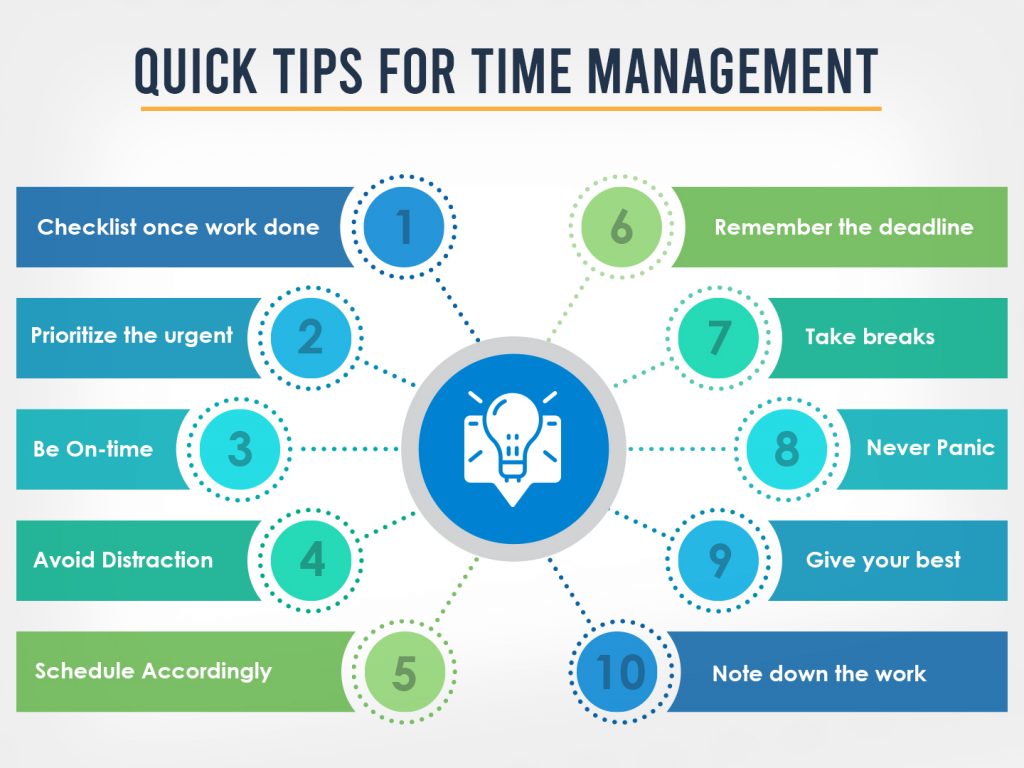A few days ago I was reading an article about the massive layoffs at Twitter, and how despite the drastic reduction of staff, the platform is still working and releasing improvements as before or even better.
The article mentioned how prior to the layoffs, all the teams were busy and couldn’t take on more workload. So more people were hired and quickly became fully occupied again. Familiar situation, isn’t it?
A more mundane version of this situation is with closets. No matter how big the closet is, it eventually becomes fully occupied. Technologically speaking, no matter how big the storage space is, it will eventually fill up.

I remember in my college years, I saw this effect referred to as “student syndrome”. If you give a student a week to prepare a work, no matter if the work only takes 2 hours to do, this person will extend the tasks until the week is completely covered, either adding value, doing other things or simply going at a slower pace. That is, the task will become more complex and longer, just because we have more time to do it. Moreover, in the case of the student, it is possible that the effort is concentrated in the last time frame. In other words, it does not matter how much overall time has been given.
As we have named Twitter, we will use a phrase from Elon Musk that reflects this situation very well:
“If you give yourself 30 days to clean your home, it will take you 30 days. But if you give yourself 3 hours, it will take 3 hours. The same applies to your goals, ambitions, and potential.”
Elon Musk
The fact is that we tend to occupy all the space (physical and temporal) available to us. If we recently commented on Conway’s Law , today it is the turn of Parkinson’s Law, which is how this situation is known.
What is Parkinson’s Law?
This law is formulated by the British historian Cyril Northcote Parkinson in 1955 and states that “work expands to fill the time available for its completion”. Simply put, this means that if a longer time frame is allotted to complete a task, the task is likely to take longer to complete, regardless of its complexity.
According to this law, companies in general, and departments in particular, will use all their resources and time to accomplish the assigned tasks. In a matter of time, new steps, more paperwork and approvals will be added, involving more people to cover the needs, more budget will be needed and surely also the allocated will be spent (partly because of the phenomenon of having to spend it in order not to lose it in the next year). We have a feedback effect , more bureaucracy, more people, more cost… for tasks that could be much more efficient.
How does this affect other areas?
Parkinson’s Law finds valuable applications in time management, decision making and operational efficiency in business.
A clear example is in project development. Applying Parkinson’s Law involves setting realistic deadlines and avoiding giving unnecessary additional time. Imagine a software development team is given six months to create a new mobile application that could be three months away. Chances are that the team will tend to delay tasks and take up all the available time. This busyness can be varied, testing new technologies, reading articles… things that may be of value to people but not directly related to having the project done.

If deadlines are given too long, tasks are likely to slow down and be postponed. To avoid this, it is essential to set clear goals, define milestones and allocate adequate resources efficiently. The use of project management tools can help organize and monitor the progress of tasks, ensuring an efficient allocation of resources.
If we talk about time, we talk about meetings. Meetings are a fundamental part of the business dynamic, but they can also consume a significant amount of time and resources. Keeping Parkinson’s Law in mind in this context can involve aspects as setting clear agendas and specific objectives for each meeting, as well as allocating a limited amount of time to conduct them (practicing timeblocking is not the same as practicing timeboxing). This will encourage concentration, efficiency and allow participants to focus on key points. In addition, using technological tools such as videoconferencing and collaborative platforms can help optimize the time and resources used in meetings.
Parkinson’s Law also applies to the use of resources of any kind. As we have seen, if a large amount of resources, such as budget or people, are available, they are likely to be used to their limit, regardless of the actual need. When profits are growing and things seem to be going well for companies, that is when the effects of Parkinson’s Law grow the most. Being aware of Parkinson’s Law means establishing proper control over resources and allocating them efficiently.
Parkinson’s Law is a useful tool for understanding how time and resources can expand if not properly managed. In the business environment, applying this law involves setting realistic deadlines, avoiding procrastination and promoting efficiency in task completion. By understanding and applying these principles, organizations can optimize their productivity, reduce unnecessary costs and achieve their goals more effectively in the ever-evolving technological and business world.
Sometimes having fewer resources yields better results. The difference between coal and diamond is basically pressure.
I only can say one thing. this is true